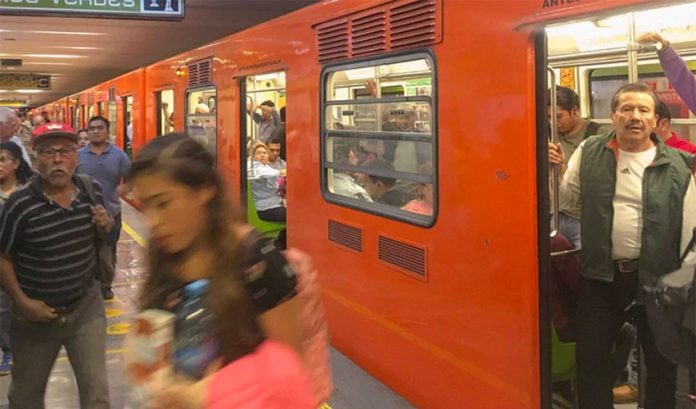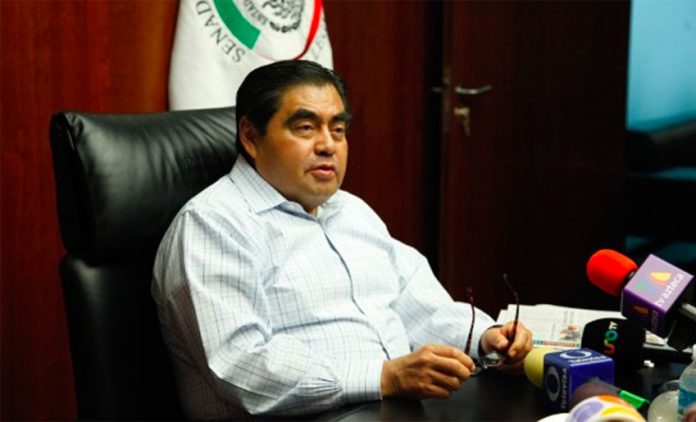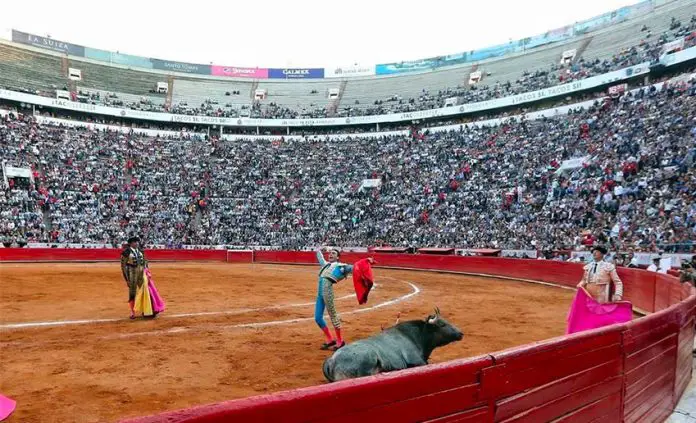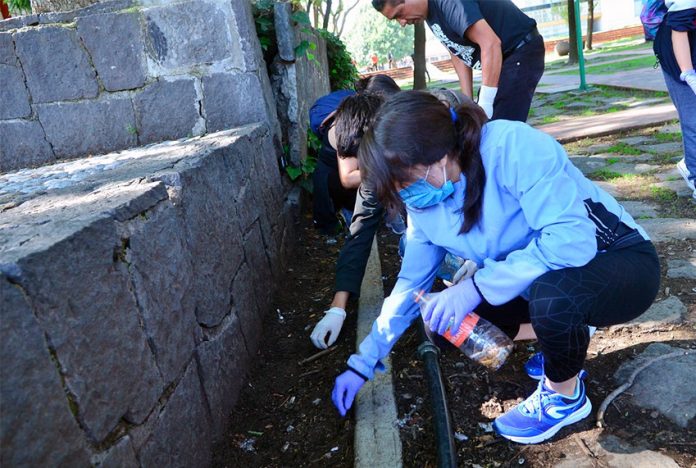My first experience with the Mexican social security system was in the aftermath of a fall that left my ankle twisted in that way that feels OK at first, but then it swells to twice its size within a few hours.
The whole ordeal was very uncomfortable. I had to be outside the IMSS hospital at 7:00am and waited for hours to be seen while in quite a bit of pain. The facilities were not fantastic, and it was crowded and confusing.
Though I’d long been speaking fluent Spanish by that time and was familiar with the culture, I’d have been completely lost if it weren’t for the human resources worker who accompanied me.
Patients carried official appointment and medical data booklets. Administrative staff typed up information on typewriters, a relic to me akin to being prescribed leeches for an infection.
All that said, I got what I needed. I was attended to by a kind and competent doctor who determined that I would need to stay off my feet for two weeks. When a doctor at IMMS or ISSSTE (the government employees’ health service) says you need to rest, in Mexico it means that you cannot legally go to work.
During that time, however, your salary is still paid because the system, in its wisdom, recognizes you can’t simply stop making money.
This is how public healthcare in Mexico works: if you are a salaried worker in the business sector, you are entitled to medical service through IMSS; if you are a government salaried worker, you are entitled to ISSSTE. If you are an independent contractor, business owner, or do not work at all, then you are entitled to service through the Seguro Popular, though it will not replace any lost wages due to inability to work.
Some large workplaces, like the Universidad Veracruzana, have their own internal healthcare systems and many private companies provide private health insurance as well.
But, theoretically, everyone can be covered by the public health system.
I was shocked to walk out of the hospital on crutches having paid nothing. This was in striking contrast to my parents in the United States, where my stepfather had recently gone in for life-saving open-heart surgery for which, in the end, insurance refused to pay. This required them to blow swiftly through their savings and live in debt for the rest of their lives.
Good quality, publicly-funded healthcare is a right in Mexico, and should stay that way.
Mexico’s once shining social security system is admittedly in a rickety state. As Dr. Juan Carlos Bernabe Siordia, a pulmonologist in Baja explained to me over the phone, the number of people the system must serve has far surpassed its capacity, and the facilities can be outdated and lacking in needed supplies.
This combined with a bloated administration on one end and an insufficient number of healthcare workers on the other can make for some long and uncomfortable experiences if you’re depending on the service for anything but an emergency.
As in many areas of public service in Mexico, corruption and graft combined with a general resistance to trying effective and dynamic new models of service have played a large part in the system’s lagging efficiency.
I agree with President López Obrador that making parts of the public system private, which led to treating even parts of public healthcare as a commodity rather than a right, was a mistake. In a country where corruption is woven into the fabric of society, it was not a smart move.
Still, a healthcare system in which everyone can at least eventually get the medical help they need beats a faster and sleeker system in which many people cannot pay for the care they need or are thrown into bankruptcy and lifetime debt. Yes, I’m looking at you, United States.
Fortunately, private care in Mexico still does not incur the exorbitant costs that its U.S. counterpart does, and most Mexicans who can afford to seek private care do so for reasons of speed, attention and preferences in doctors and facilities.
Especially for U.S. expats, private care is usually the first choice and, unless you’re fluent in Spanish and living long-term in Mexico, public options will not always be on your radar. That said, there are some important things patients should know when planning a trip or extended stay in Mexico. Thanks to Dr. Bernabe for helping with this list:
• Private hospitals do not “bill you later” as they might in the U.S. Walking out of a private hospital without having paid is akin to doing the same after eating a meal at a restaurant.
• Check with your home insurance company to find out what would be covered in the event of an emergency in Mexico. Will your insurance pay for it quickly? Will you have to pay and then be reimbursed? What kind of documentation from the hospital will you need to present to your insurer? It should be noted that Medicare does not pay for services outside of the United States.
• Especially for older adults, be sure to get a checkup before coming to Mexico so that major health problems are less likely to manifest themselves while traveling.
• If you can afford not to tax the public healthcare system, I’d argue that it’s best not to. They’ve got enough to figure out without us hanging around making an already chaotic environment more chaotic.
But let’s admire them from afar, shall we? Though AMLO’s promise that we’d soon have a world-class public healthcare system like Canada’s or England’s has yet to be realized, there are a lot of people doing their best.
The basic premise that healthcare is a human right is correct, and I am proud to live in a country in which that ideal is being actively pursued.
Sarah DeVries writes from her home in Xalapa, Veracruz.













